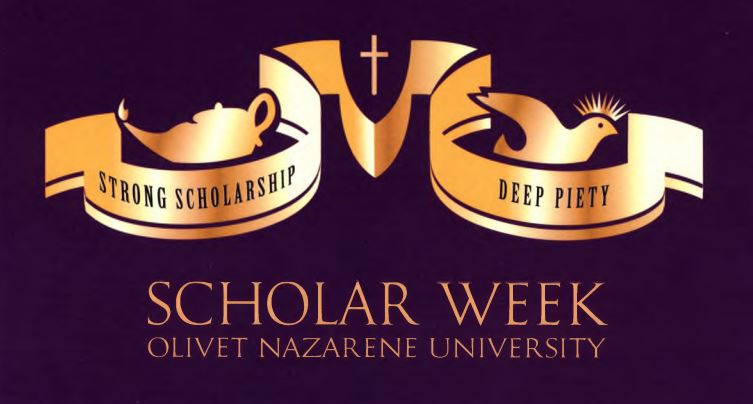The Use of Endangered Midwestern Prairie and Savanna Ecosystems by Bumble Bees of Conservation Concern
Faculty Mentor(s)
Dr. Derek W. Rosenberger
Project Type
Student Scholarship
Scholarship Domain(s)
Scholarship of Discovery
Presentation Type
Presentation
Abstract
Bumble bees (Hymenoptera: Apidae) are important pollinators, yet many species are experiencing range contractions and declines, particularly in the American Midwest. Tallgrass prairie and oak savanna are critically endangered grassland ecosystems that have been reduced to less than 1% their historical extent, but which support significant floral resources throughout the growing season. While some work has been done on bumble bee communities in tallgrass prairie ecosystems, little is known about bumble bee communities in savannas, where greater structural complexity could foster greater nesting and food resources. In this study we collect and compare data on the community composition, dynamics and floral resource use of bumble bees in endangered tallgrass prairie and black oak sand savannas in Northeastern Illinois. We emphasize dynamic of those species of conservation concern (Bombus pensylvanicus, B. fervidus and B. auricomus). These data are important for prioritizing both species and ecosystem level conservation action.
This research is in partnership and partially funded by summer research grants from the U.S. Forest Services and from the Nature Conservancy.
Permission Type

This work is licensed under a Creative Commons Attribution 4.0 License.
The Use of Endangered Midwestern Prairie and Savanna Ecosystems by Bumble Bees of Conservation Concern
Reed 330
Bumble bees (Hymenoptera: Apidae) are important pollinators, yet many species are experiencing range contractions and declines, particularly in the American Midwest. Tallgrass prairie and oak savanna are critically endangered grassland ecosystems that have been reduced to less than 1% their historical extent, but which support significant floral resources throughout the growing season. While some work has been done on bumble bee communities in tallgrass prairie ecosystems, little is known about bumble bee communities in savannas, where greater structural complexity could foster greater nesting and food resources. In this study we collect and compare data on the community composition, dynamics and floral resource use of bumble bees in endangered tallgrass prairie and black oak sand savannas in Northeastern Illinois. We emphasize dynamic of those species of conservation concern (Bombus pensylvanicus, B. fervidus and B. auricomus). These data are important for prioritizing both species and ecosystem level conservation action.
This research is in partnership and partially funded by summer research grants from the U.S. Forest Services and from the Nature Conservancy.


